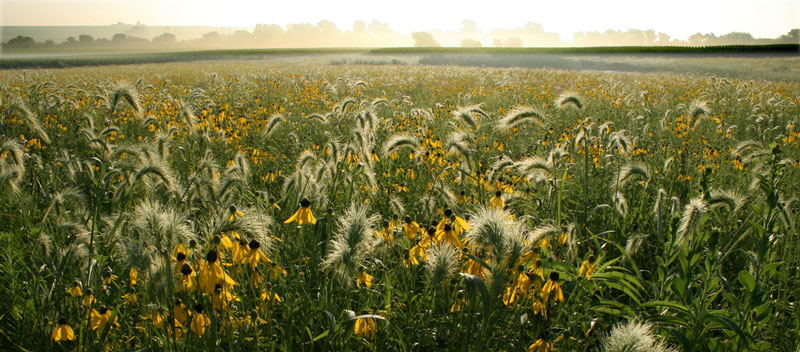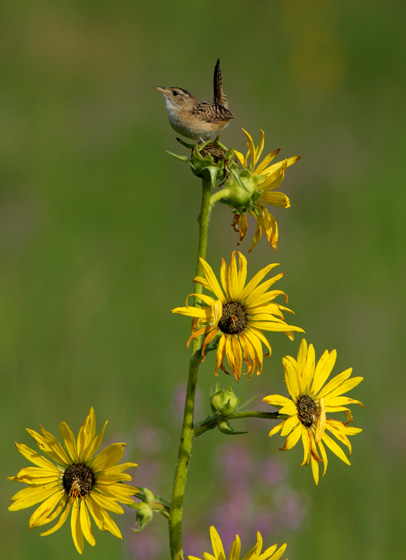 Iowa Audubon is an organization of people, corporations and other organizations, including National Audubon Society chapters, all interested in improving bird habitat in Iowa. We are a grass-roots organization that maximizes the use of our collective resources to have the largest impact on habitat issues.
Iowa Audubon is an organization of people, corporations and other organizations, including National Audubon Society chapters, all interested in improving bird habitat in Iowa. We are a grass-roots organization that maximizes the use of our collective resources to have the largest impact on habitat issues.
 Review the many ways that Iowa Audubon uses your support.
Review the many ways that Iowa Audubon uses your support.
Iowa Audubon is now accepting memberships.
Iowa Audubon is a non-profit member organization, with a mission to protect, restore and enjoy Iowa’s natural ecosystems with a focus on birds, other wildlife, and their habitats. Our focus on bird conservation fills a unique niche in Iowa. There is a great opportunity to conserve and improve the habitats most essential to birds across the state.
Iowa Audubon has set the following strategic objectives:
Strategic Objectives and Action Plan for Iowa Audubon
Important Bird Areas - Science and Bird Conservation
 Build the Important Bird Areas program into a statewide force for bird conservation and habitat protection, management and restoration. Employ advocacy, education and communication to form community-based constituencies for the monitoring and stewardship of essential bird habitats.
Build the Important Bird Areas program into a statewide force for bird conservation and habitat protection, management and restoration. Employ advocacy, education and communication to form community-based constituencies for the monitoring and stewardship of essential bird habitats.
- Scientific identification of Important Bird Areas (IBAs) by the IBA Technical Committee: In progress throughout Iowa with the assistance of local volunteers
- Develop grassroots financial support for individual Important Bird Areas statewide
- Partner with individual landowners, corporations, conservation groups, and government agencies to achieve on-site bird conservation
- Expand public awareness of IBAs, and educate Iowans about their unique birds and natural ecosystems
- Establish local IBA Stewardship Teams to monitor bird populations, lead bird conservation activities, and advocate for local Important Bird Areas and habitats
Pelican Festival, Education and Other Events
 Educate Iowans about the wonders of bird migration, the importance of clean water and natural habitats, and the uniqueness of Iowa's native birds, plants and animals.
Educate Iowans about the wonders of bird migration, the importance of clean water and natural habitats, and the uniqueness of Iowa's native birds, plants and animals.
- Partner with the Army Corps of Engineers, Iowa DNR, Johnson County Conservation, Iowa City Bird Club and other groups to help Iowans enjoy the fall American White Pelican migration
- Reach out to inform Iowans of Audubon activities and Audubon importance around the state
- Partner with Audubon chapters and other organizations to strengthen festivals across Iowa
Conservation Action
Identify issues of concern to birds, habitats, the environment, and to the quality of life in Iowa.
- Educate citizens in their understanding of key conservation issues and policies
- Build a conservation ethic and pride in Iowa’s birds, natural ecosystems and other wildlife
- Represent Iowa Audubon at meetings of concern for birds and habitat throughout Iowa
- Work as a partner organization for the funding wildlife land acquisition and habitat enhancement projects
Your help is essential. Join today, and please consider making an additional contribution to our "Take Flight" Leadership Circle.